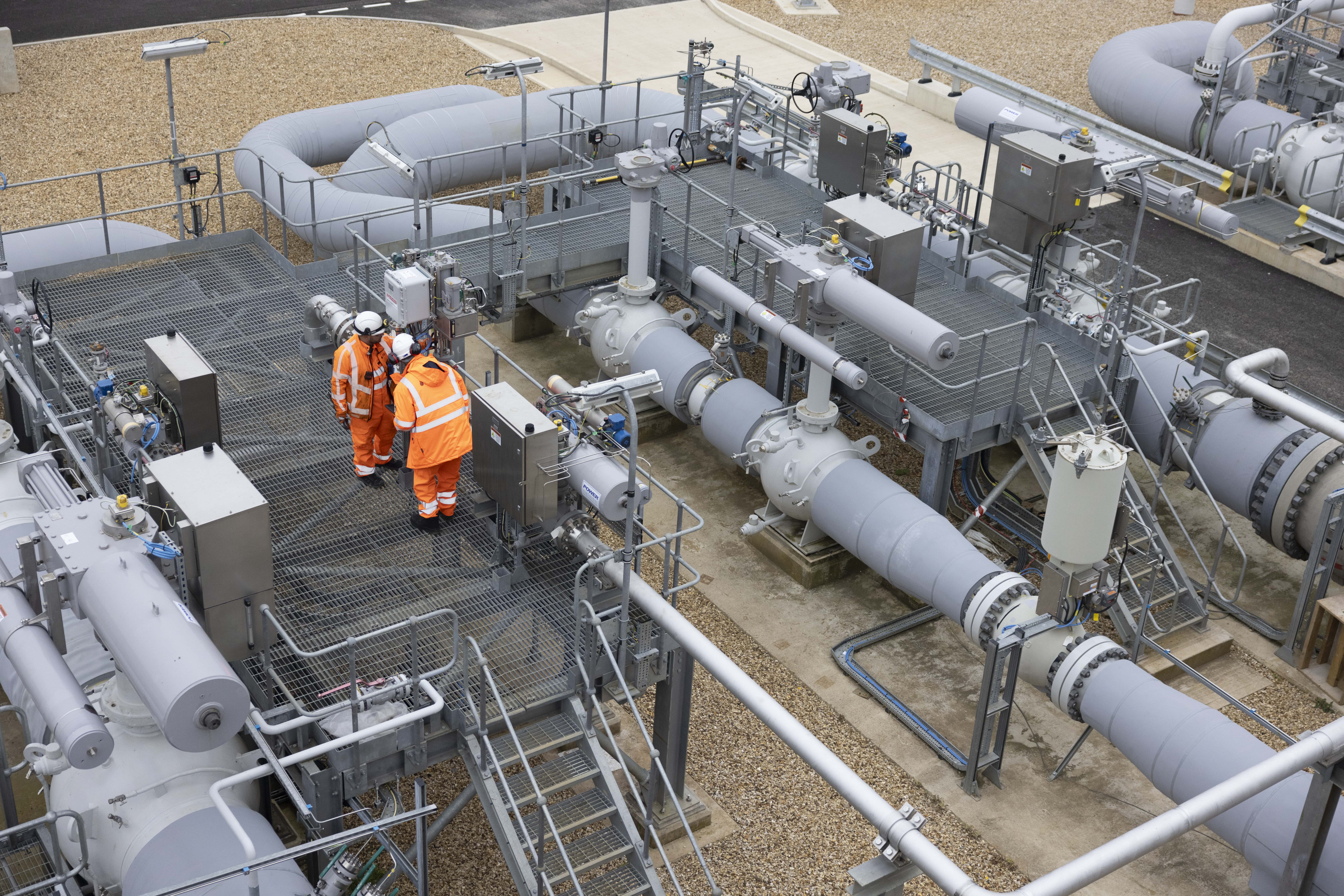So Incentives
NTS Shrinkage
National Gas is responsible for managing the process of forecasting, accounting for, procuring and supplying energy to satisfy the daily NTS shrinkage components.
What are the components of NTS shrinkage?
Shrinkage on the National Transmission System (NTS) refers to gas which is lost from the system, as well as the energy consumed in operating the network.
NTS shrinkage energy (gas and electricity) is bought by National Gas, as the System Operator, to cover three components:
- Compressor fuel usage: the energy required to run the compressors (jet engines) used to push gas at high pressure around the transmission system. This energy can be either gas or electricity, depending on the power source for each compressor.
- Calorific value shrinkage: gas that cannot be billed due to application of the Gas (Calculation of Thermal Energy) Regulations 1996 (amended 1997).
- Unaccounted for Gas: the remaining quantity of gas that is unallocated after taking into account all measured inputs and outputs from the system.
National Gas procures energy for NTS shrinkage through a trading strategy based on a mixture of forward and prompt procurement, to spread price risk. You can find data on the gas we have procured for NTS shrinkage under ‘NTS Procurement’ in the National Gas Transmission Data Portal.
How the NTS Shrinkage incentive works
A reputational incentive scheme is currently in place for NTS Shrinkage from 1 April 2021 until 31 March 2026. Under the scheme, gas procurement costs are reported and compared to benchmark costs, which are based on forecast and actual volumes and market prices. The way the benchmark costs are calculated is set out in the Gas Volumes Methodology

